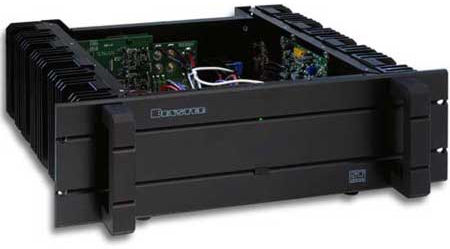React to Technical Analysis Indicators to Trade the Rise and Drop in Stock Prices
There are trading strategies where a time horizon is established and a profit target is set. The analysis, both fundamental and technical, will indicate the right conditions and the recommendation will proceed to tell you that it is a good investment with a stated profit target expectation. If this sounds familiar, you may have read similar stock trading reports as I have.
If that kind of trading strategy is not working for you or you are looking for higher profits, an alternative approach is to follow the rise and drop cycles in the price of the stock, and capitalize on trading profits that the market will give you.
Let me illustrate with an example using RIM (Research in Motion) on the TSX (Toronto Stock Exchange). On November 18, the low was $51.95 and the high was $59.40. On December 24, the low was $49.51 and the high was $51.19.
A long position held for that period would have yielded a loss of $0.76 per share on the assumption that the buy was at the low and the sell was at the high.
A short position held for that period would have yielded a gain of $9.89 per share on the assumption that the sell was at the high and the buy was at the low.
So, if the crystal ball guided you to a long position, you would have incurred a loss; a short position would have yielded a gain.
In contrast, based on Ctabs analysis, executing 5 trades in that period by reacting to technical analysis indicators, you would have yielded a gain of $19.87 per share, with $9.21 per share gain for 2 long positions and $10.66 per share gain for 3 short positions.
Choosing that period was not intended to favor the results of the short-term trading cycles. It was merely for illustration purpose where technical analysis and trend following indicated the success of the 5 trades.
It should be pointed out that a long-stretch run-up of a stock will typically favor the long-term buy-and-hold strategy. However, clairvoyance or a magical crystal ball would be needed to tell you ahead of time if there will be a long-stretch run-up. In a choppy market, the short-term trading strategy can be shown to be more effective and profitable by watching the technical indicators and reacting to the rise and drop of the stock price. Furthermore, a reactive technical trading method will yield gains in the case of a long-stretch run-up.
You can verify your own numbers with your own stocks to see if the approach works for you. Generally speaking, the approach described in this article is applicable regardless of the technical analysis indicators that are used. Some technical analysis indicators are better than others in certain market conditions or for different stocks. There is no single answer. You may look at a variety of techniques.
More you might like
Candlestick Technical Analysis : An Introduction
This article provides an introduction to Japanese candlesticks – what they are, how they are used in charting and the technical analysis of candlestick patterns.
Emotion Dominated Stock Trading
This article examines the domination of emotions over stock trading actions. Even if you know what to do, your inability to suppress emotions will lead to bad trading results.
Rule of Thumb on How Much Loss to Take
This article provides insights into how to manage how much loss to take in stock trading.
Seeking Penny Stock Picks, Finding Amusing Material
This article covers the experience of seeking trust-worthy sources of information on penny stock picks where amusing and incredulous material was encountered.
Trading Gold Stocks in 2009
This article examines various elements of importance for trading gold stocks.



